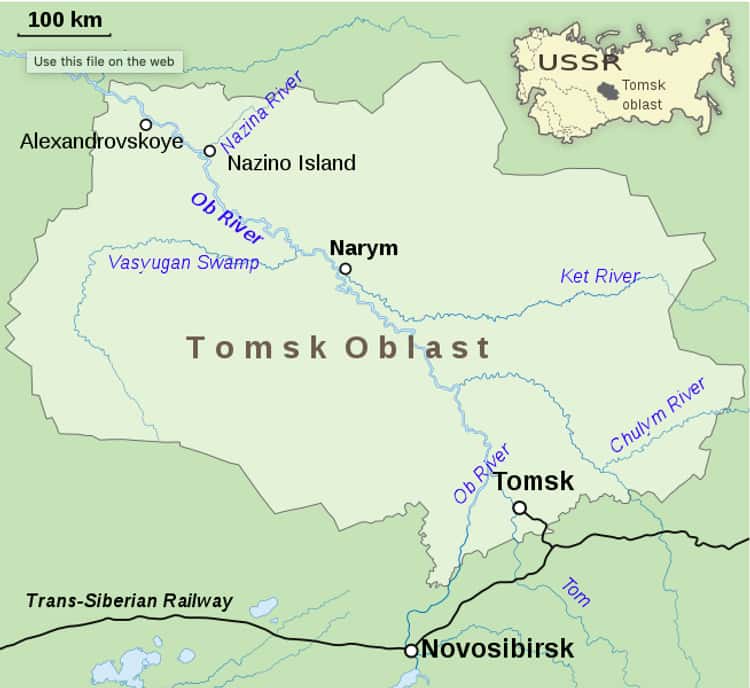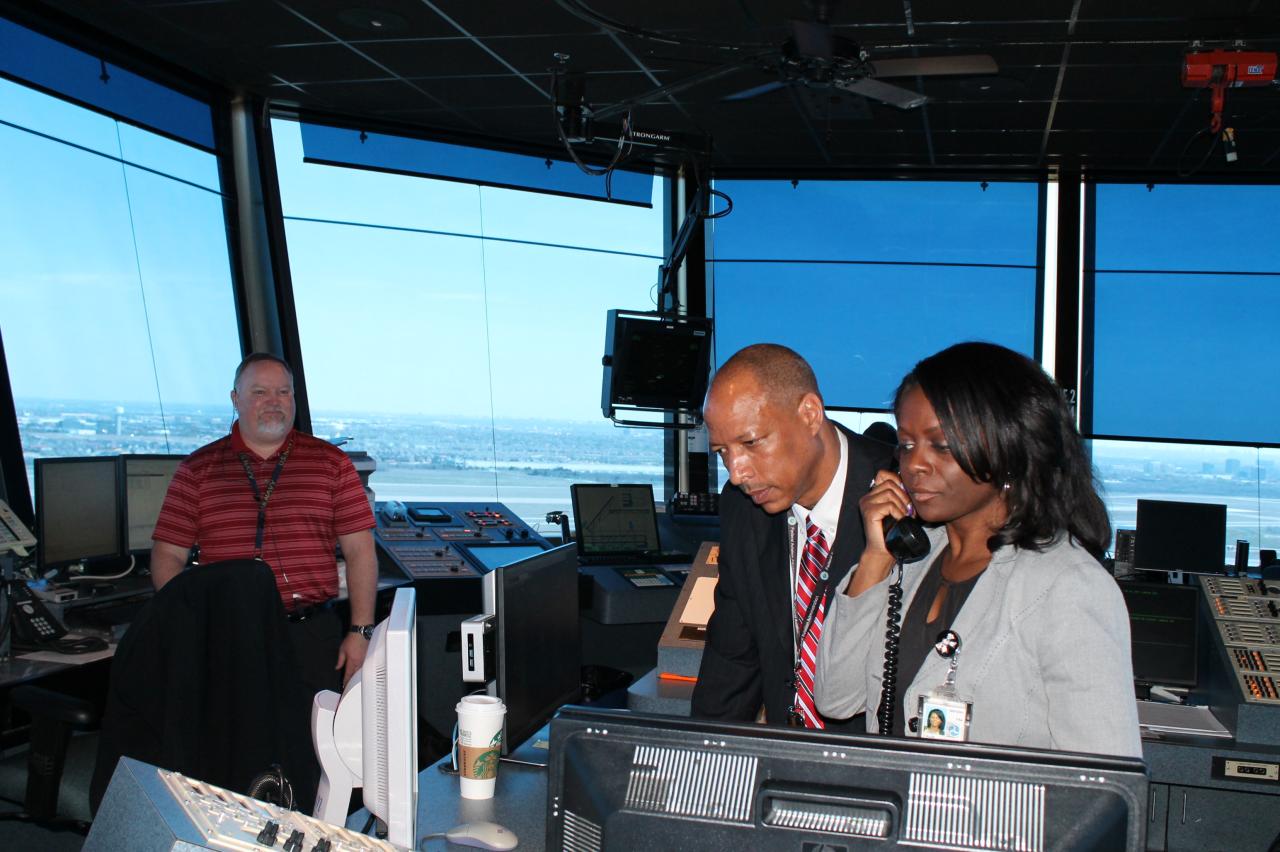|
Africa Must Produce Its Own Vaccines
Sep 1, 2021
LANDRY SIGNÉ
During the COVID-19 pandemic, Africa has relied on bilateral agreements and
multilateral platforms like COVAX to deliver vaccine doses. But
these have proved far from adequate, demonstrating just how important it is
for the continent to develop its pharmaceutical industry.
WASHINGTON, DC – During the
pandemic, wealthy countries led the way in rapidly developing and producing
COVID-19 vaccines. The same countries then bought up and administered those
vaccines to their own populations, and have even ordered boosters for
already-vaccinated people. Meanwhile, many developing countries have not been
able to deliver even one dose to most of their populations.
Africa, in particular, is
struggling with limited access to COVID-19 vaccines. As of August 31,
African countries had administered 94 million doses to the continent’s population of nearly 1.4 billion, with a total supply of 134.5 million. By
contrast, the United States – with a total population of 332 million –
has administered over 375 million vaccine doses.
This disparity partly
reflects the fact that most African countries are not able to produce the vaccines
needed to protect their populations against not only COVID-19, but also the
myriad other diseases that plague the continent. Africa is home to only four local drug
substance vaccine manufacturers – two more are in development
– and two “fill-and-finish” facilities that rely on imported vaccine
substances to produce distributable doses. Supply-chain disruptions during
the COVID-19 pandemic showed just how risky this dependence on imports of
critical medical supplies can be.
Africa is almost totally
dependent on vaccine imports, producing just 1% of the vaccines it administers. So
far during the pandemic, African countries have received most of their
COVID-19 vaccine doses through either bilateral agreements or the COVID-19 Vaccine Global
Access (COVAX) facility, an initiative launched last year by the World Health
Organization and Gavi, the Vaccine Alliance. COVAX aims to provide vaccines
for 20% of people in low- and middle-income countries.
But while initiatives like
COVAX are clearly needed to fulfill Africa’s short-term needs, they will do
little to improve the continent’s capacity to provide crucial vaccines for
itself in the future. That is why the Mastercard Foundation has pledged $1.3 billion to support local manufacturing and
distribution of COVID-19 vaccines, through a partnership with the Africa
Centers for Disease Control and Prevention.
The program, which will
include a focus on human-capital development, aligns with the African Union
(AU) and the Africa CDC’s Partnerships for African Vaccine Manufacturing (PAVM)
initiative. Launched this past April, PAVM aims to establish five vaccine research and
manufacturing hubs on the continent over the next 10-15 years, and increase
the share of vaccines produced locally for use on the continent to as much
as 60% within the next 20 years. The European Union, in collaboration with the International Finance
Corporation, France, Germany, and the United States, has announced plans
to invest €1 billion ($1.2 billion) in the hub-development
proje
Developing Africa’s
vaccine-manufacturing capabilities will not only help the continent to cope
with future unexpected crises; it will also enable countries to improve the
provision of existing vaccines. According to the Anadolu Agency, in 2019 an
estimated 19.8 million children worldwide did not receive the
measles vaccine through routine immunization coverage; the majority of those
children live in Africa.
Moreover, these efforts will
place Africa on a much stronger footing to meet demand for future
public-health solutions. For example, vaccines for Lassa fever –
an acute viral hemorrhagic illness that is endemic in eight countries in West
Africa – are currently in the development phase. Researchers are also getting
closer to developing an effective and affordable vaccine for malaria. In 2019, 94% of malaria cases and deaths occurred in Sub-Saharan Africa.
Yet vaccines are only one
part of a long list of pharmaceutical products to which African countries
often struggle to secure access. In 2015, 1.6 million Africans died from malaria, tuberculosis,
or HIV/AIDS – all preventable or treatable diseases – because of chronic drug
shortages.
Fortunately, there are also
initiatives focused on dismantling barriers to pharmaceutical manufacturing
in Africa. In 2012, the AU Development Agency (AUDA-NEPAD) published
the Pharmaceutical Manufacturing Plan for Africa (PMPA), which proposes technical solutions to many of the challenges
facing the pharmaceutical manufacturing industry. The implementation of the
African Continental Free Trade Area (AfCFTA), by enabling the creation of economies of scale, should
support progress on realizing the PMPA.
As the PMPA notes, the African Medicines Regulatory Harmonization (AMRH)
program, established by AUDA-NEPAD in 2009 to address regulatory weaknesses
affecting Africa’s pharmaceutical industry, is also critical to its success.
The program’s achievements so far include the AU Model Law on Medical
Products Regulation, the African Medical Devices Forum, and progress toward
an African Medicines Agency.
The AMRH program is supported
by a number of international organizations, including the AU, the WHO, Gavi,
and the Bill and Melinda Gates Foundation. Multilateral institutions like the
AU and the United Nations Industrial Development Organization are also working
with the Federation of African Pharmaceutical Manufacturers Associations,
which was launched in 2013 by a group of regional associations to advance the
AMRH’s mission.
Multilateral institutions and
initiatives must do even more to close the implementation gap and accelerate
the development of Africa’s pharmaceutical industry. This means, for example,
supporting capacity-building, knowledge transfer, and cross-sector
coordination; backing rigorous implementation of the AfCFTA; mobilizing
financial resources from international financial institutions and development
banks; and cross-country collaboration to strengthen human capital.
Such efforts received a boost
during the pandemic. African leaders and multilateral organizations alike
must make the most of this momentum to ensure that when the next crisis
arrives, Africa is ready.
|






 Upon successful completion of the FAA Academy training, and assignment to a facility, developmental ATCs receive an
Upon successful completion of the FAA Academy training, and assignment to a facility, developmental ATCs receive an 








